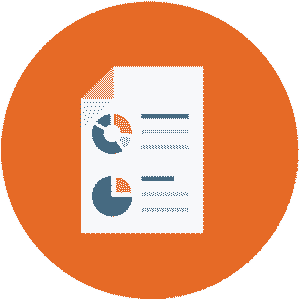
A true transdisciplinary approach is proven to be the most effective method of treating learning disabilities. The Morris Center offers Speech-Language Pathology (SLP) and Occupational Therapy (OT) services to address the root causes of learning disabilities.
What is a Transdisciplinary Approach?
A transdisciplinary approach to treatment integrates expertise and experience from several different and related professional disciplines. Each professional provides input, data and concepts to maximize each client’s individual treatment gains. The interwoven nature of TMC treatment programs broaden the skill sets of each therapist due to their exposure and heavy interaction with others outside their discipline, but it also allows the team of professionals to work together to reinforce and maintain goals not normally monitored. With a truly transdisciplinary team, the typicalboundaries of each professional discipline tend to disappear. Instead, each professional develops a working knowledge of their co-workers’ areas of expertise and discipline. Ultimately, the common goal – exceptional treatment progress – is achieved through the collaborative, transdisciplinary team.
What are the benefits of the Transdisciplinary Approach?
The Morris Center uses a transdisciplinary assessment and treatment model that first identifies the most likely cause or causes of the learning or academic difficulty. Based on the team’s assessment findings, The Morris Center team of professionals create an individualized and unique treatment program (supported by long-term scientific evidence).
-
This program helps our clients with dyslexia or other difficulties re-enter their schools or work place with improved skills, which are consistent with their expected range of academic and job potential.
-
Our team’s treatment program is fundamentally different from the approach employed by typical learning centers or tutors — these programs typically treat the client’s symptoms or teach individuals to compensate for weaker skills.
-
Rarely do these programs or tutors uncover the possible causes of the client’s difficulties.
-
The Morris Center transdisciplinary team provides an individualized treatment program that focuses on improving a client’s weaker skills that are most likely contributing to their learning or academic difficulties.
How does The Morris Center utilize the Transdisciplinary Team Approach?
Transdisciplinary Team Members:
-
Pediatrician
-
Psychiatrist
-
Nursing/Nurse Practitioner
-
Psychologist/Neuropsychologist
-
Occupational Therapist
-
Speech-Language Pathologist
-
Teacher/Special Education
Key treatment features are based on neuroscience and behavioral treatment research findings
-
Intensive (# of hours per day)
-
Frequent (# of days per week)
-
Specific (clear treatment goals that follow a developmental hierarchy)
-
Ongoing data collection of program effects for program self-evaluation
-
Selective post-treatment assessment with standardized tests to document treatment gains and aid transition planning back to school or work
Occupational Therapy (OT) provides specific treatments that can assist clients in overcoming sensory processing and motor difficulties, these occur in approximately 50% of the clients and may be one or a combination of the following:
-
Oral-motor and motor planning difficulty
-
Fine and gross motor difficulties
-
Visual perceptual weaknesses
-
Somatosensory deficits (lack of body awareness)
-
An over-sensitive sensory system (visual, auditory, smell, touch or taste)
OT works to improve overall strength, balance and coordination. Attention is also given to handwriting, oral control and ocular motor skills. This type of treatment helps build stronger sensory and motor skills that in turn lead to better self-esteem and self-confidence.
Our team of professionals provide options for treatments which may or may not include medication for behavioral management of attention, mood or behavior disorders. Our team’s role is to provide all the essential information, so that the family, parents or individual can make the most informed choice about treatment(s).
Each therapy hour the client’s attention is monitored and reported. Non-pharmacological measures designed to maximize attention and arousal are integrated into all language and OT sessions. In cases where these do not suffice, medication may be recommended.
